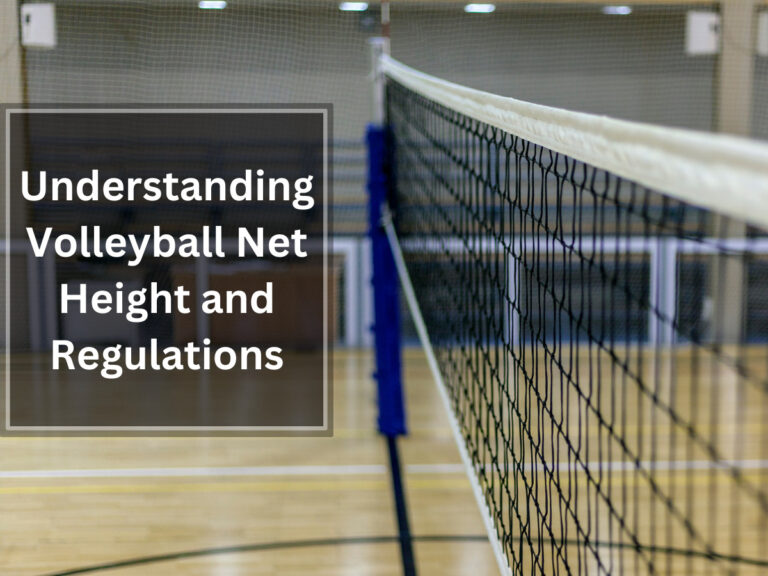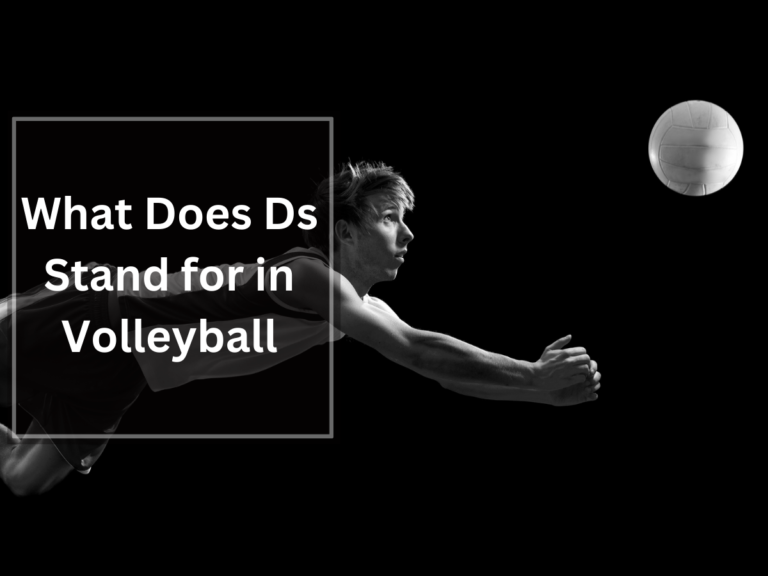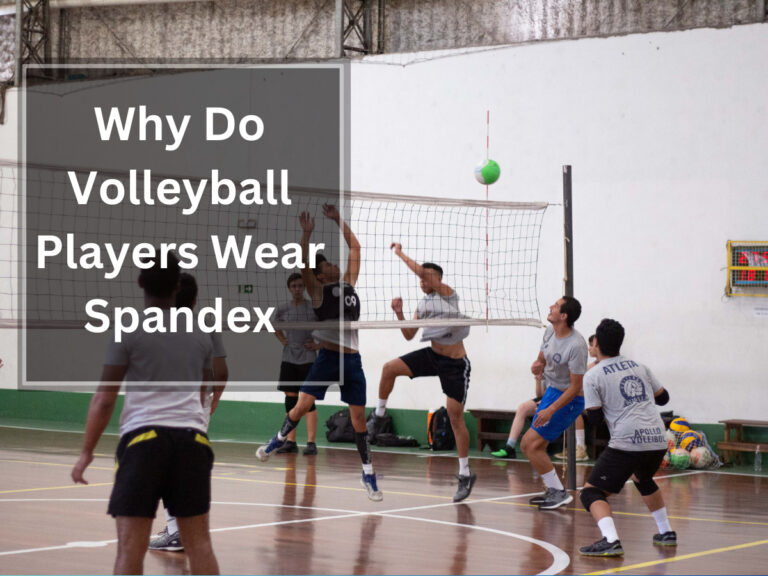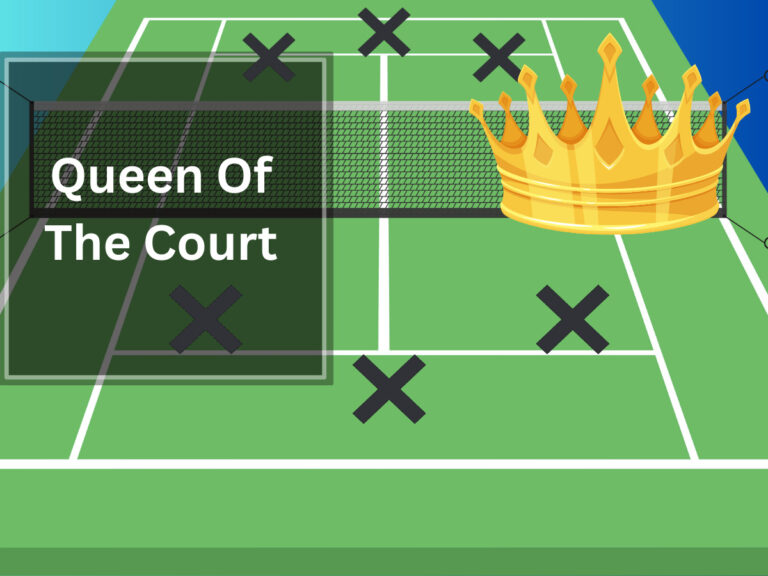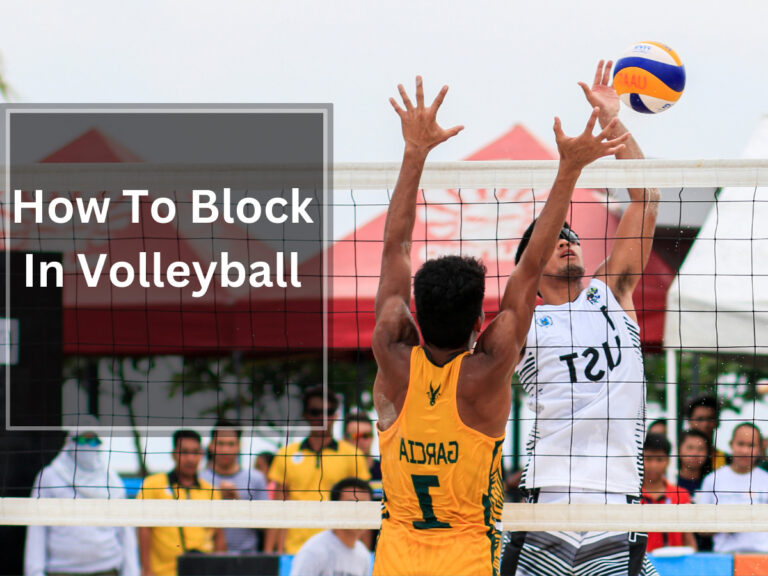Outside Hitter Volleyball Position – All You Need to Know
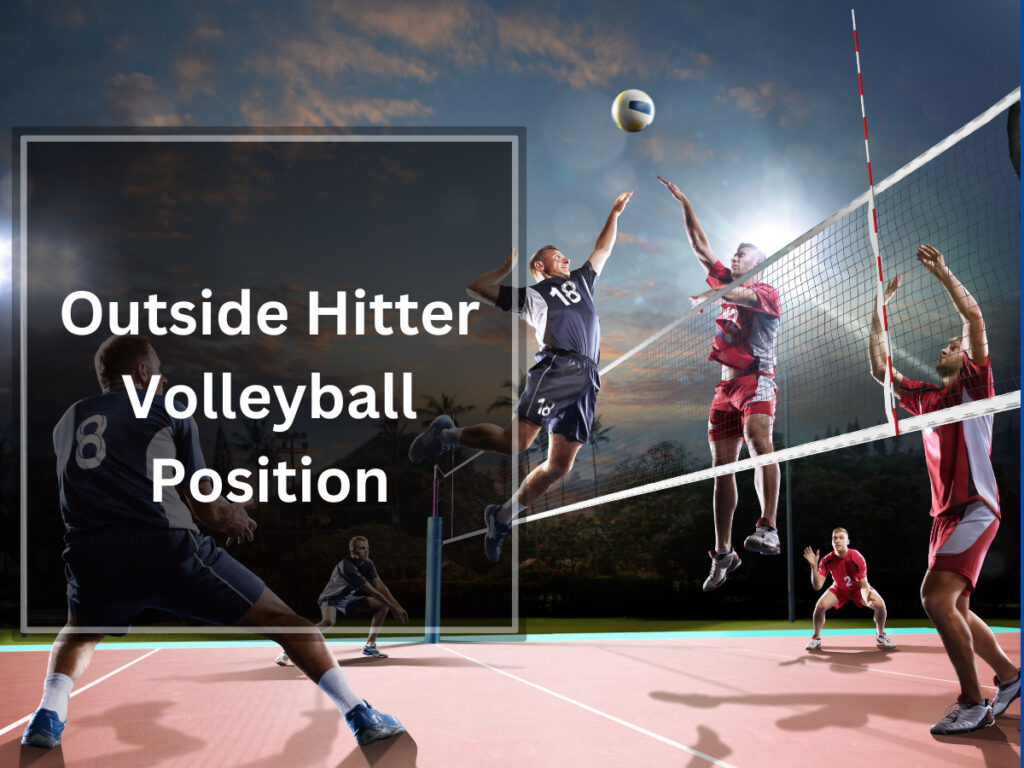
They say that in the game of volleyball, the outside hitter is the complete package. As an outside hitter myself, I can attest to the truth behind this statement. This specialized position requires a unique combination of attacking and defending skills, making it crucial for maintaining control of the ball.
From serving and receiving to quick attacks at the net, outside hitters are involved in every aspect of the game. We possess technical prowess in both offense and defense, constantly adapting to different formations and rotation positions. Our athleticism, jumping ability, and passing skills are put to the test every time we step onto the court.
But it’s not just physical abilities that set us apart; mental toughness and decision-making play a vital role as well. In this article about the outside hitter volleyball position, we will delve into offensive duties, defensive responsibilities, transition play, ball control, passing and serving skills – everything you need to know about excelling in this role on the court.
So let’s dive in and discover what it takes to be a successful outside hitter!
Table of Contents
What is the Outside Hitter in Volleyball
The Outside Hitter in volleyball is a crucial player who plays a vital role in both attacking and defending. They are the most complete players on the team and possess a unique skill set that sets them apart.
Outside Hitters are not just talented offensive players, but they also have specific strategies and positioning techniques. They hit from the left side of the court and are often the go-to player for getting the ball over the net. Their role in team dynamics is essential as they pass and hit the ball, making them a key part of maintaining ball control.
In addition to their offensive prowess, Outside Hitters also play a vital role in serve reception. They usually pass from position 5 and are frequently targeted by opposition servers. Quick transitions from defense to offense are necessary for these players.
Overall, outside hitters possess a unique skill set that makes them indispensable on any volleyball team.
Offensive Duties of an Outside Hitter
Step onto the court as an attacking force, unleashing your power and finesse from the left side, delivering precision shots that dance along the net. As an outside hitter, your offensive duties are crucial for your team’s success.
During transition play, you play a pivotal role in quickly transitioning from defense to offense. Your attacking strategies involve finding the right angles and exploiting gaps in the opponent’s block.
Additionally, your defensive positioning is essential in order to effectively contribute to blocking and digging. By maintaining proper defensive positioning, you can anticipate where the ball will be attacked and react accordingly.
Overall, as an outside hitter, you must excel in both offensive and defensive aspects of the game to fulfill your responsibilities on the court.
Defensive Responsibilities of an Outside Hitter
Take on the challenge of defending the court as you swiftly shift your focus from offense to defense, reading the opponent’s hits and setting up for potential blocks or digs. As an outside hitter, defensive responsibilities are a crucial part of your role.
Defensive positioning is key as you need to be in the right place at the right time to effectively defend against the opposing team’s attacks. This involves understanding the opponent’s hitting tendencies and adjusting your position accordingly.
Blocking techniques are also important, as you aim to disrupt the opposing team’s attack by getting in their way and potentially blocking their shots. Effective communication with teammates is essential, especially when it comes to coordinating defensive plays such as double blocks or covering for each other on digs.
By mastering these defensive skills, you can contribute significantly to your team’s success on both sides of the court.
Transition Play and Ball Control
Mastering transition play and maintaining ball control is crucial for an outside hitter. It allows me to quickly switch from defense to offense and capitalize on scoring opportunities. For example, imagine playing as an outside hitter in a close match. After successfully digging a powerful spike from the opposing team, I quickly transition to my hitting approach. I deliver a powerful cross-court spike that lands just inside the sideline, earning my team a crucial point.
- Transition Play:
- Quick movement from defense to offense
- Maintaining readiness for attacking opportunities
- Smooth footwork and positioning
- Attacking Techniques:
Utilizing various shots (cross-court, line shot)
Timing jumps for optimal power and accuracy
Adjusting hitting angles based on blockers’ positioning
Team Communication:
Calling for sets or communicating with the setter
Providing feedback on hitters’ tendencies
Coordination with other players during transitions
By excelling in transition play, mastering attacking techniques, and maintaining effective team communication, I can maximize my impact as an outside hitter and contribute significantly to my team’s success.
Passing and Serving Skills for an Outside Hitter
To enhance your impact on the game as an outside threat, it is important to focus on improving your passing and serving skills. As an outside hitter, your passing accuracy is crucial for maintaining ball control and setting up strong attacks. To achieve this, it is essential to develop a consistent platform and master the technique of passing with precision.
In addition to passing, working on your serving techniques is also crucial. As a reliable server, you can keep the opposing team off balance. Practice various types of serves such as float serve, jump serve, or topspin serve to add versatility to your game.
Lastly, receiving serve effectively is essential for an outside hitter. To do this, position yourself well on the court, anticipate the server’s intentions, and communicate effectively with your teammates to ensure a smooth reception.
By continuously improving these skills, you will become a valuable asset to your team as an outside hitter.
Mental Toughness and Decision Making on the Court
Developing mental toughness and making quick, decisive decisions on the court is crucial for me to thrive as a dynamic force in the game. As an outside hitter, I understand that decision-making strategies play a significant role in my performance. It’s important to train my mental toughness and develop court awareness to make effective decisions under pressure.
One strategy I can use to improve my decision-making skills is mental toughness training. This involves practicing resilience, focus, and staying calm in high-pressure situations. By strengthening my mental game, I can make clearer decisions and stay composed during intense moments of the match.
Additionally, developing court awareness is essential for making quick and accurate decisions. This involves paying attention to all aspects of the game, such as reading the opponent’s defense, identifying open spaces on the court, and anticipating where the ball will be played. By enhancing my court awareness through practice and experience, I can make better choices that lead to successful plays.
In conclusion, by focusing on decision-making strategies, mental toughness training, and court awareness development, I can become a more effective outside hitter on the volleyball court.
Tips for Becoming a Successful Outside Hitter
To become a successful outside hitter, here are some tips to keep in mind:
- Cultivate an unwavering commitment to growth and improvement.
- Constantly refine your skills and techniques.
- Focus on strategic positioning to effectively read the game and anticipate plays.
- Study different offensive strategies, such as hitting from different angles or utilizing quick attacks at the net.
- Adapt your approach based on the situation and exploit any weaknesses in the opposing team’s defense.
Training Drills and Exercises for Outside Hitters
When it comes to becoming a successful outside hitter in volleyball, training drills and exercises are essential. These drills focus on improving hitting techniques, footwork, and blocking strategies. By incorporating these exercises into your training regimen, you can enhance your skills and become a more well-rounded player.
One effective drill for hitting technique is the ‘Three-Step Approach.’ This drill helps you develop proper timing and power in your hits by practicing your approach to the ball.
Another beneficial exercise is the ‘Footwork ladder drill,’ which improves agility and quickness on the court.
In addition to hitting techniques and footwork drills, blocking strategies are crucial for an outside hitter. One useful exercise is the ‘Block Jump Drill,’ where you practice jumping at different heights to block incoming attacks.
By consistently practicing these training drills and exercises, you can sharpen your skills as an outside hitter and contribute significantly to your team’s success on the court.
Frequently Asked Questions
How does the outside hitter contribute to the team’s overall strategy and gameplay?
As an outside hitter, my positioning is crucial for the team’s overall strategy. I play a key role in serve receive, ensuring accurate passes for our setter. I also contribute to blocking, disrupting the opponent’s attacks and providing defensive support.
What are some common challenges and obstacles that outside hitters face in their position?
Common challenges for outside hitters include maintaining optimal positioning on the court, effectively executing defensive skills such as blocking and digging, and adapting to different offensive strategies. These challenges require a strong understanding of the game and constant practice.
How does the outside hitter communicate and coordinate with the setter and other teammates during a match?
As an outside hitter, communication is crucial for coordinating with the setter and teammates during a match. It’s important to convey play instructions, provide feedback, and work together to set up successful plays and scoring opportunities.
Are there any specific strategies or techniques that outside hitters use to improve their spiking and hitting skills?
To improve my spiking and hitting skills, I focus on specific techniques such as proper footwork, arm swing mechanics, and timing. I also work on increasing power and accuracy through strength training and repetition in practice drills.
Can you provide any advice or tips for aspiring outside hitters on how to excel in their position?
To excel as an outside hitter, it’s crucial to understand the importance of positioning, develop a strong serve receive, and cultivate mental toughness. Embrace challenges, learn from mistakes, and stay focused on continuous improvement.





